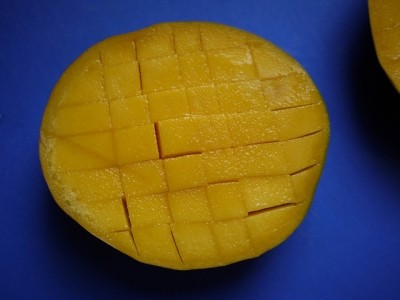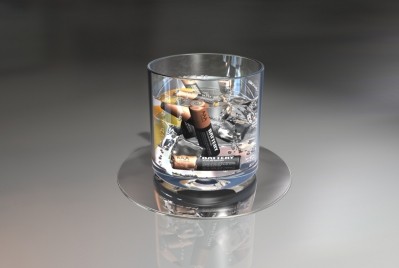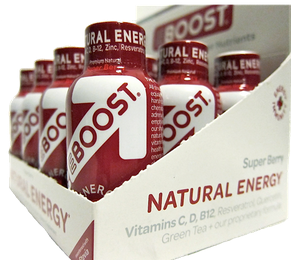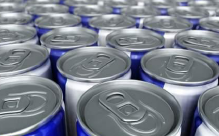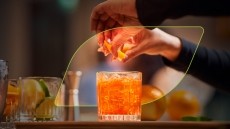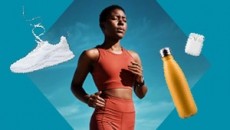Leather jacket or straightjacket? Energy drinks have an image problem

Monster Beverage Corporation and Living Essentials have also reportedly been asked by Schneiderman for information on their marketing/advertising practices, the paper said.
Yesterday's news revealed the identity of the unnamed state attorney general that Monster said in an August 9 securities filing was investigating the advertising, marketing, promotion, ingredients, usage and sale of its drinks.
Any New York state law violations could see the firms fined, and regulations toughened up, principally in regard to labeling detail and marketing claims. That’s bad news. After all, for energy drinks, mainstream cool (which rides on such factors) is crucial.
Tired of kicking carbonates?
The worrying thing for energy drinks is that their opponents seem momentarily tired of kicking carbonates and (perhaps having downed an energy shot) are picking on a new category, one which set a US volume sales record of 1.4bn liters in 2011.
It’s clear that energy drinks, whether deserved or not, suddenly have something of an image problem; food safety agencies, researchers, politicians are all waking up and reaching for the Red Bull, Raging Bull, Monster, Beast, Bully.
OK - some of those brand names were made up, but there's obviously a pattern emerging. Energy drinks certainly have a rebellious image, and likely hold little appeal to devotees of Oolong tea.
Like the glamorous supermodel we all suddenly noticed was sniffing nose candy, err…in front of our noses, for many years before she got busted, energy must repair its slightly tarnished image, yet retain its edgy glamor.
Wild West gunfights
It’s gonna be tough. Until now energy drinks have been regulated less than, say, a Wild West gunfight. OK, that’s ridiculous, but certainly less than CSDs, with the term ‘energy drink’ itself not even defined by the Food and Drug Administration (FDA).
The FDA concedes it is a loosely defined marketing term that encompasses a category of products with a wide array of ingredients, such as botanicals, the presence of which the agency grumbled vaguely about in 2009, but did nothing.
And it is clear that there are health issues – relating less to energy drinks themselves than consumption patterns and the marketing buzz surrounding their use – and it was only a matter of time before regulators shone a spotlight on the category.
Industry heaved a sigh of relief last week when the FDA flicked Senator Durbin the birdie and said caffeine levels in energy drinks labelled as dietary supplements or beverages were not unsafe.
Durbin had claimed in his April 3 letter to the FDA that firms – he named Monster Energy, Rockstar, Full Throttle, were marketing energy drinks as dietary supplements to dodge rules on caffeine content: generally recognised as safe in cola-type beverages, for instance, up to 200ppm.
Just as it would be unadvisable for adults to play video games all day and drink multiple cans of energy drinks, so it would be to drink coffee at 135mg caffeine per 8oz serving in the same scenario, imbibing more than the 400mg/day advised by the FDA.
'A whole lot more than the can next door...'
No-one really wants 'hell on wheels' or hell in a can. But the fact stands that coffee (in large part through its marketing, packaging) does not encourage risky consumption patterns, especially among young, trend-savvy male drinkers, while caffeine in energy drinks has been linked to heart problems.
Can energy ditch the bad boy image that made its fortunes (linked to advertising around extreme sports, male bonding, plus the inevitable link in my mind to slightly reckless consumption) and retain its youthful mass market appeal?
More to the point, can it ditch or lower the levels of funky-sounding ingredients that give consumers a boost, but that form the bedrock of its success, in a category where buyers expect drinks to 'do something' for them?
Clearly, as New York probes whether firms have overstated the effects of novel ingredients and understated that of caffeine, a leather-jacketed segment synonymous with cool is praying it won’t have to squeeze into that regulatory straightjacket.
Ben Bouckley is deputy online editor at BeverageDaily.com (William Reed Business Media SAS).
